There were significant changes in Canada's agriculture in the second half of the 19th century. Under the Reciprocity Treaty, the trade agreement with the United States motivated Canada to commercialize its agricultural sector. A number of new regions also became available for colonization so land could be offered to farmers.
While agriculture had previously focused on wheat, farmers decided to adapt to market demand. Crops became more diverse as farmers decided to grow new produce like vegetables and several types of grain, including barley and oats. These grains could be used to feed the animals raised by the farmers. Farming livestock became increasingly popular among farmers.
Agricultural schools opened across United Canada and a variety of publications, such as agricultural journals and magazines, were also created. This made it possible to share new techniques throughout the province and achieve better agricultural output. Improvements were also made to existing techniques, including field drainage and seed selection.
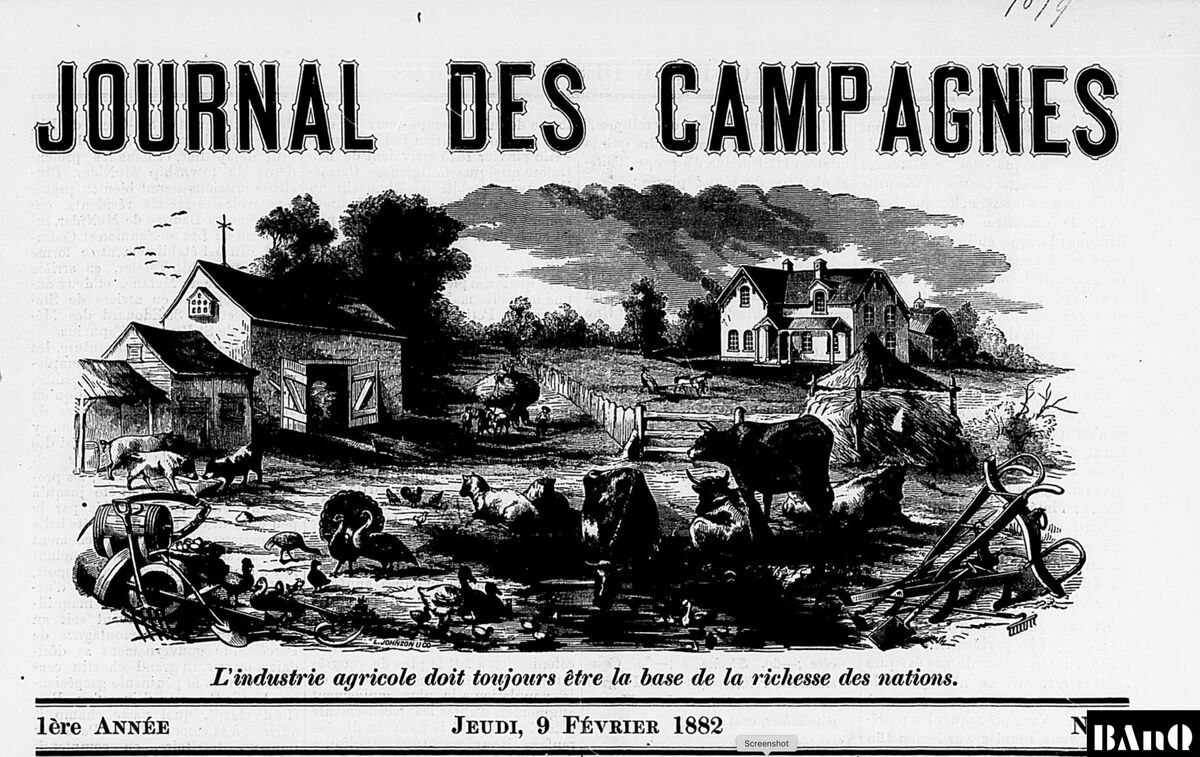
The first phase of industrialization also left its mark on Canadian farming. A number of new machines were developed that made it possible to increase agricultural production. The government also encouraged mechanization to meet market demand. These new machines included harvesters, seeders, threshers and milkers. Horses were also progressively replaced by motors.
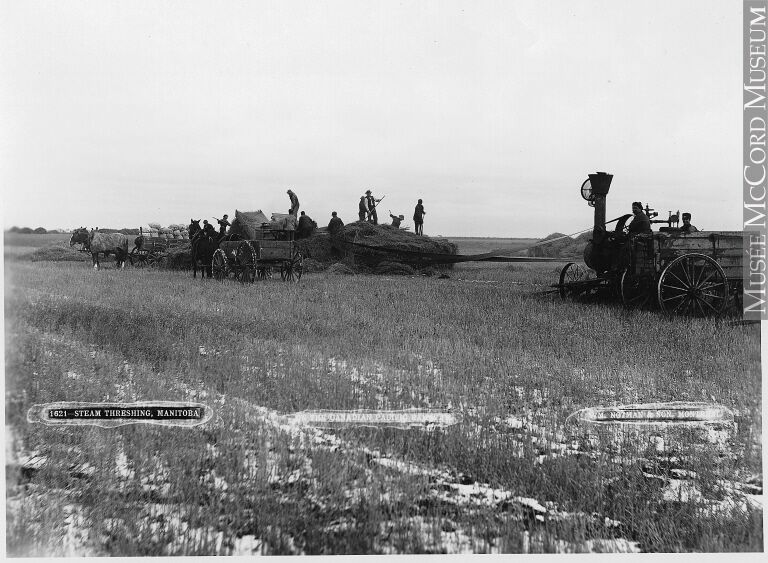
Industrialization also encouraged the creation of food processing plants, such as creameries and cheese factories, flour and sugar mills, as well as breweries and distilleries. When industrialization first began, only the farms near cities benefited from mechanization. More remote farms had to continue with traditional and artisanal methods.
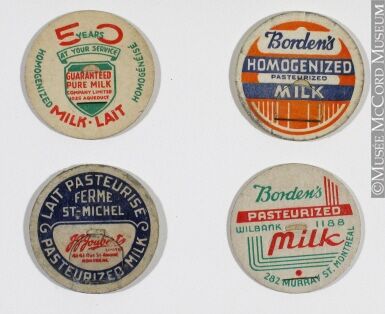
Raising cattle fed an expanding dairy production in the Canadian economy. It became the biggest agricultural sector in the country by the 1870s. This industry was valuable because milk has a lot of uses: making butter, cheese, cream and more. The number of cheese producers jumped from 25 in 1870 to 726 in 1891.
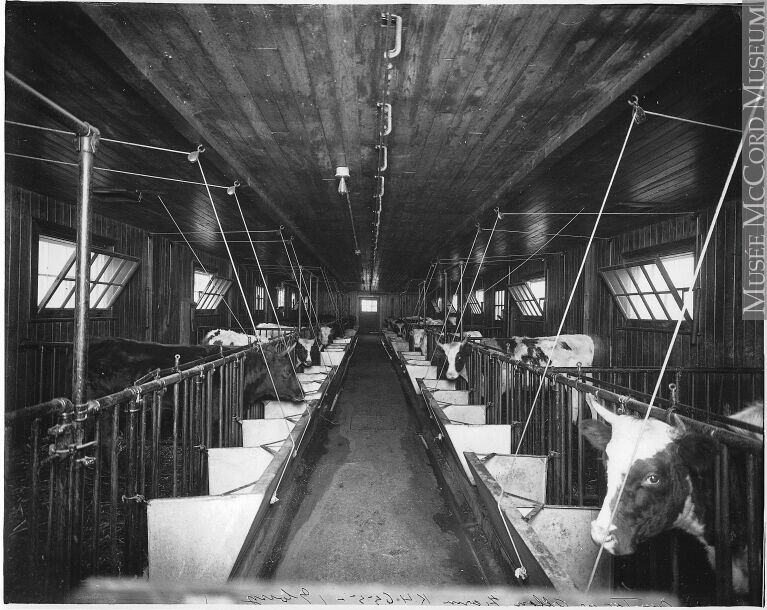
As of the 1800s, forestry had held an important place in Canada’s economy. Square timber, which is a roughly cut tree trunk, was used in shipbuilding. By the 1860s, it was lumber, or wood cut into planks for construction, that dominated. A large part of this wood was exported to the United States to meet the huge demand generated by urbanization. The Reciprocity Treaty also played a major part in the development of the forestry sector as the pulp and paper industry also began to develop around 1880.
Many sawmills and pulp and paper factories were built near the mouths of rivers. Trees were cut and then floated down river near logging camps. Log driving was a difficult and dangerous job. Workers balanced on the floating logs making sure they made their way downriver to the processing industries.
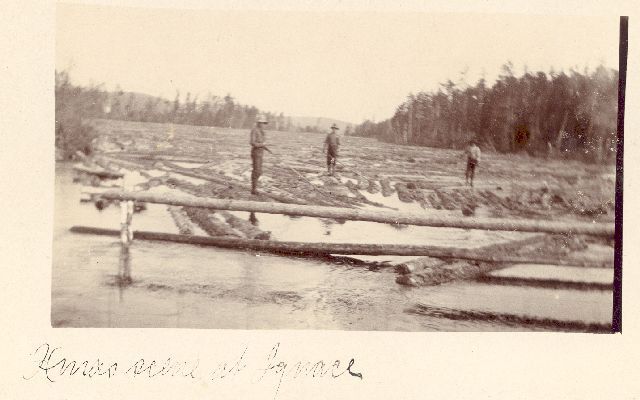
The forestry industry created many jobs in several regions of Quebec. Farmers, especially those on less fertile land, worked at forestry sites during the winter for a second source of income.
The year 1854 marked the end of the seigneurial system. The 227 seigneuries in Canada were abolished, simultaneously removing the seigneurs’ privilege of owning these lands. All the liens and obligations between seigneurs and tenants were also abolished.